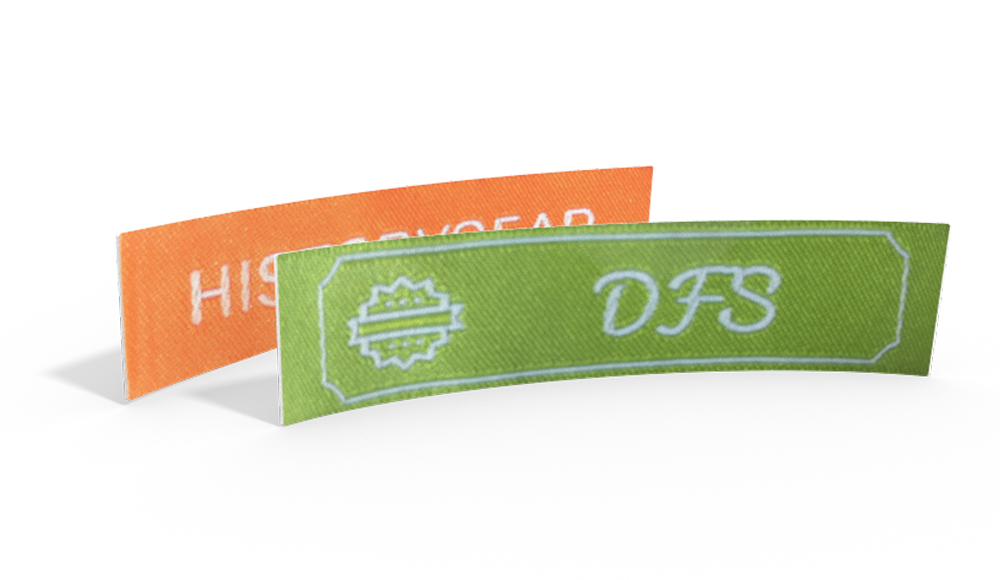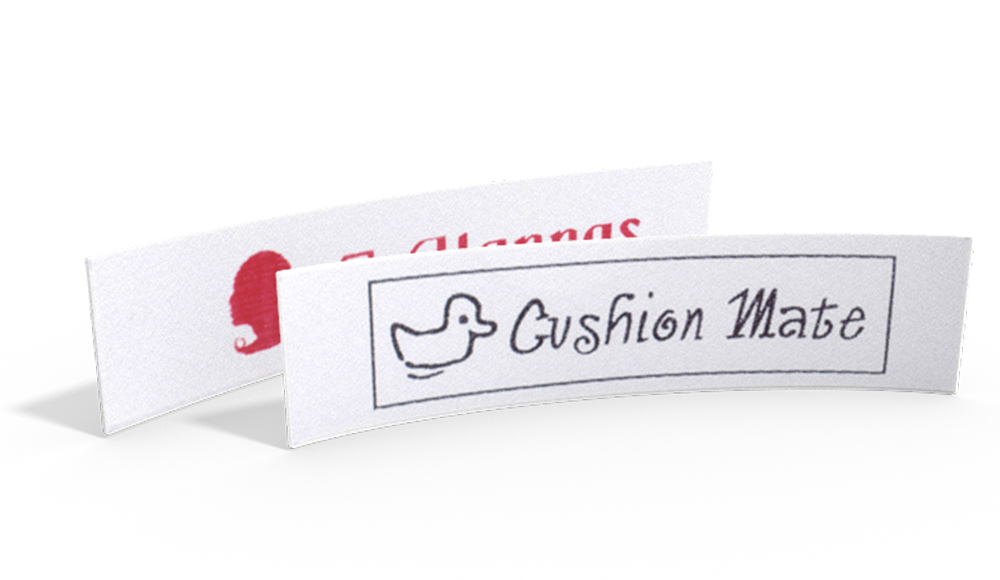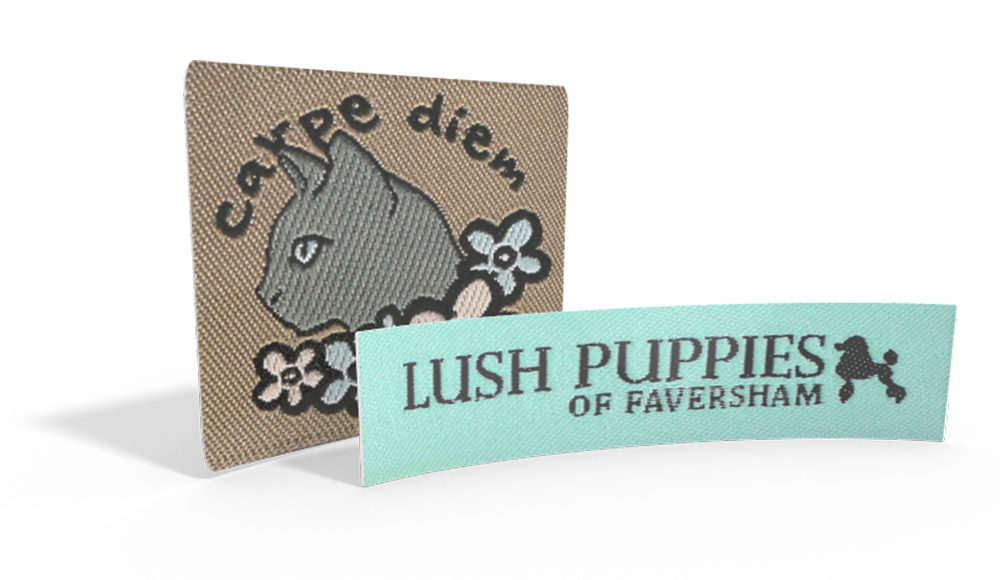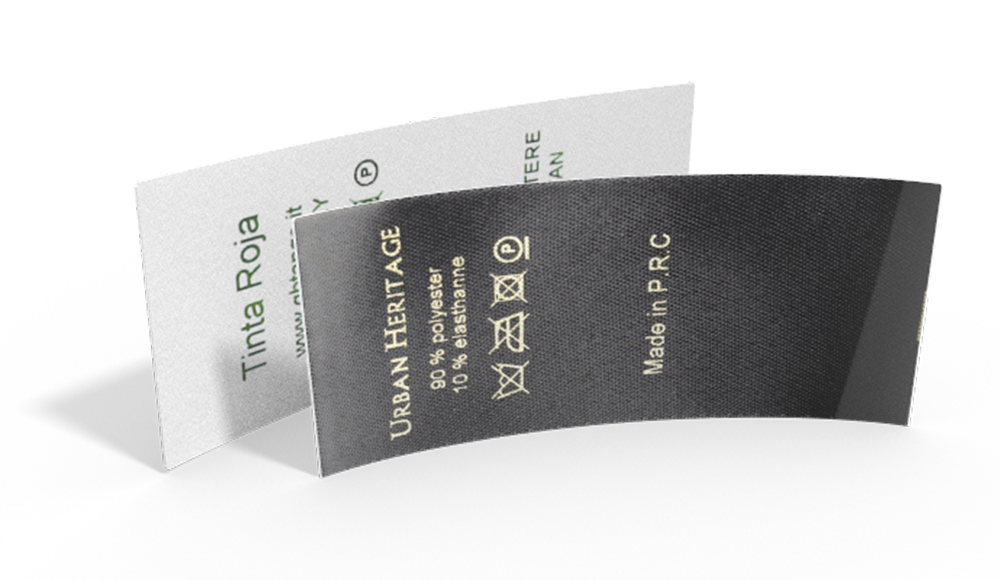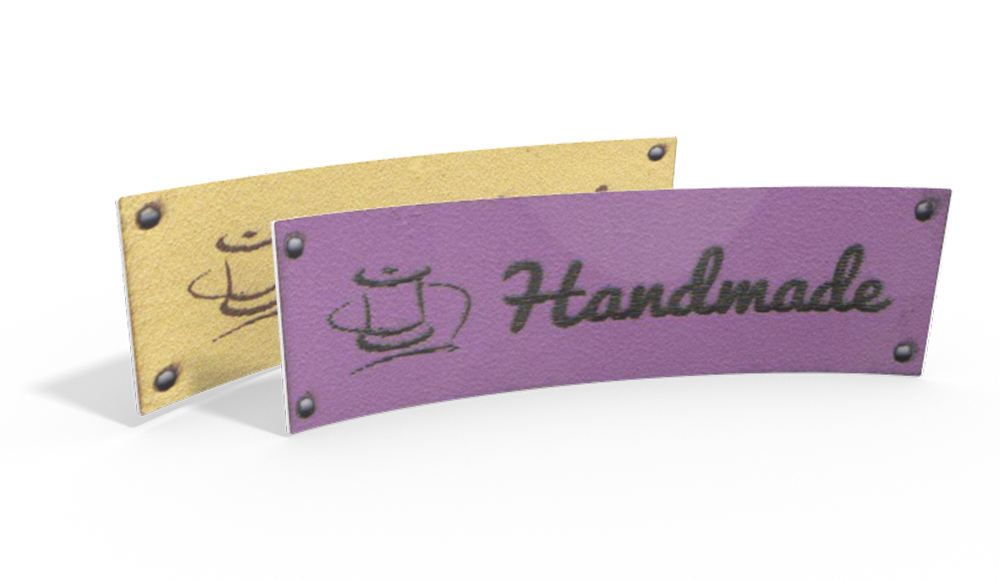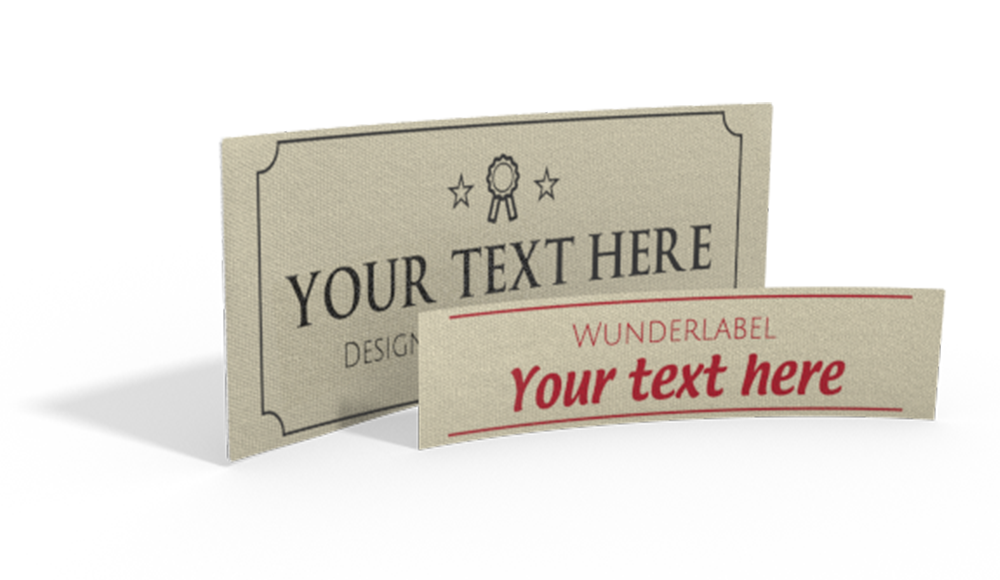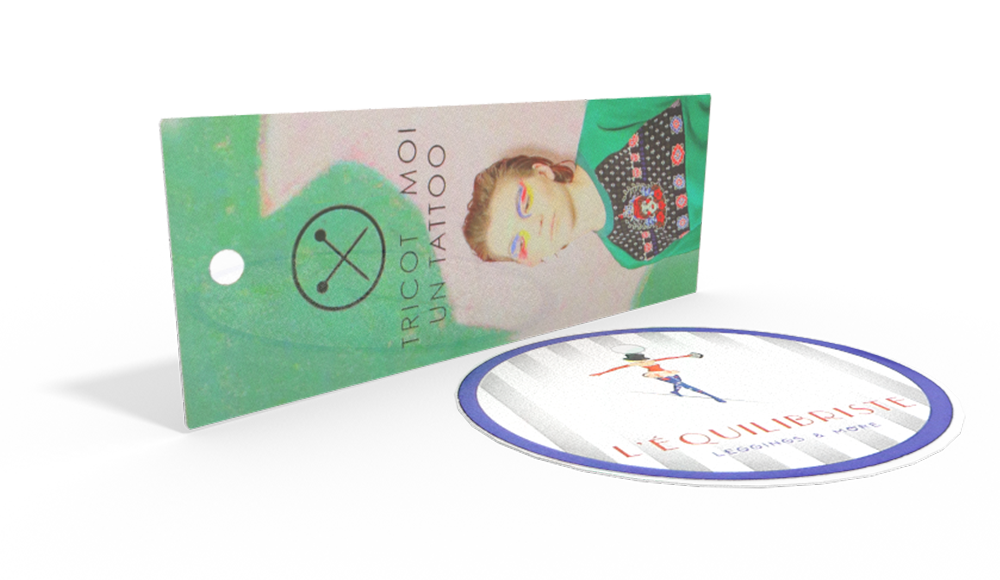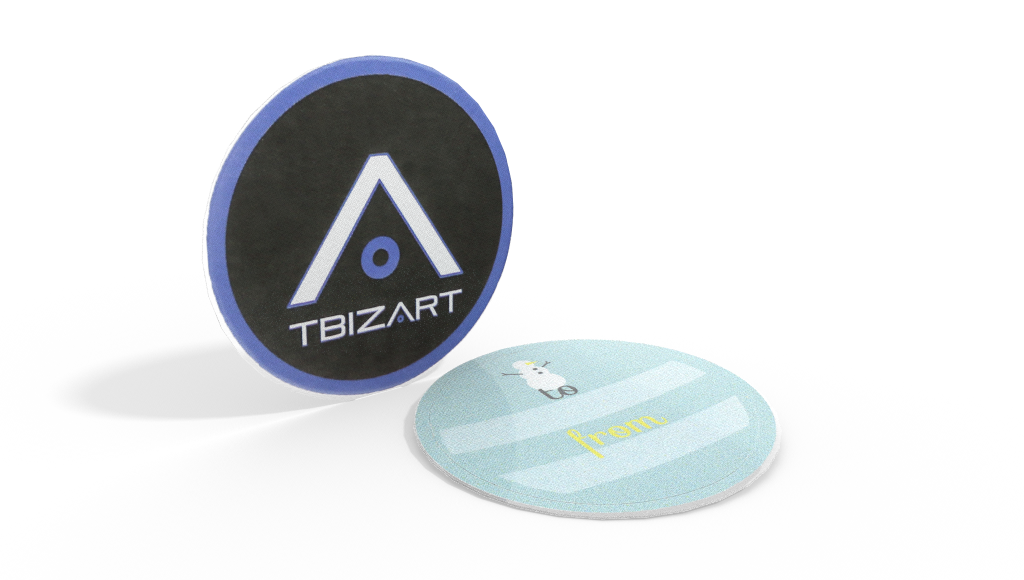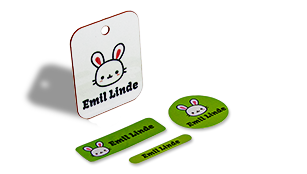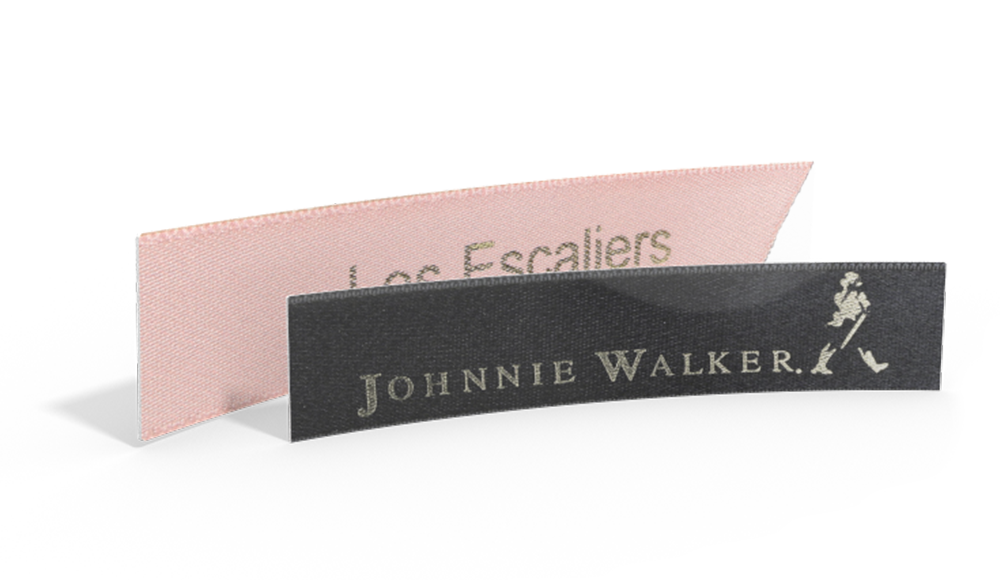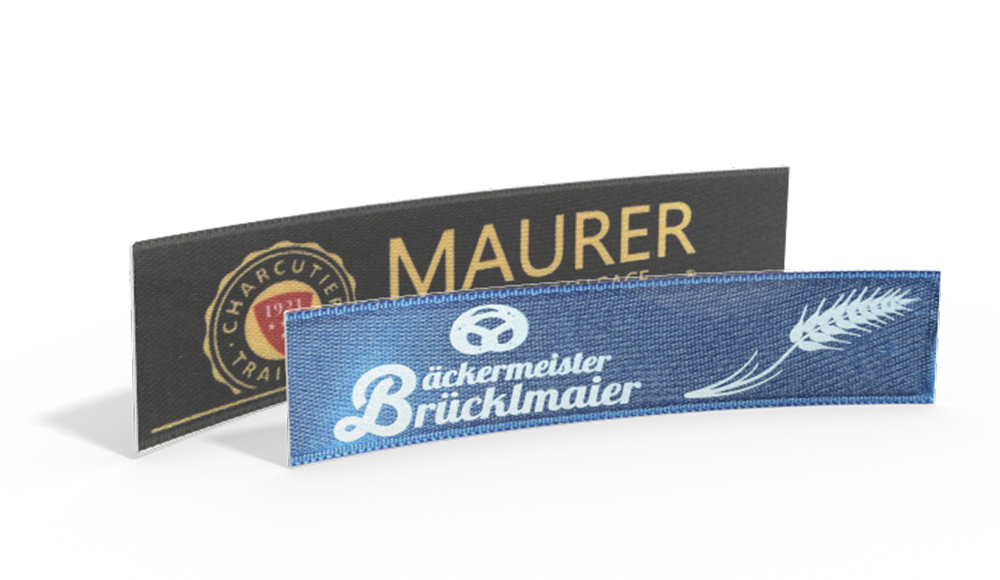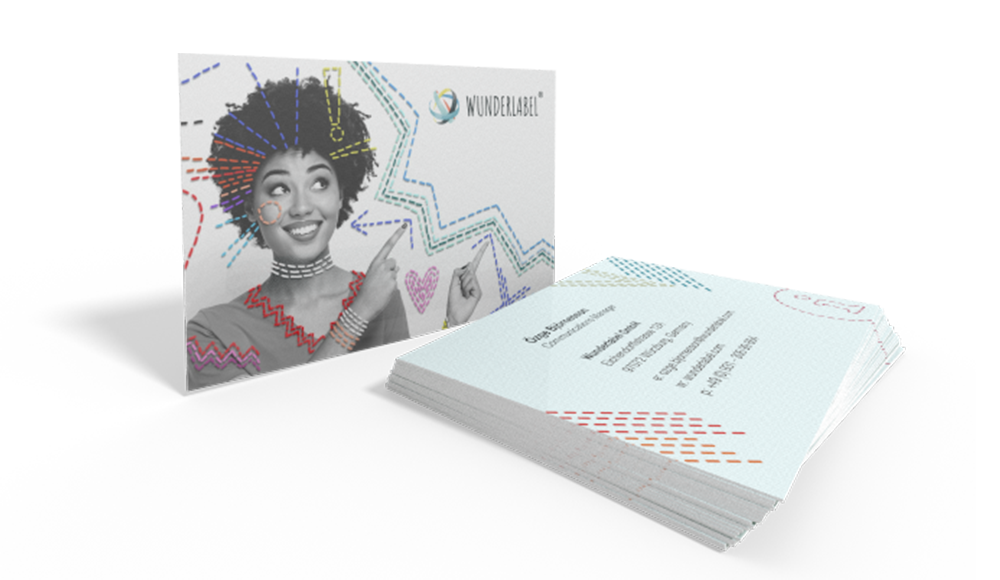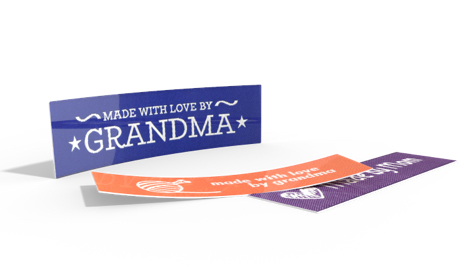Have you ever been working on a sewing project and discovered halfway through that things aren't quite working out? Your pattern pieces aren't lining up, your seam allowances are uneven, and none of it looks the way you'd intended. Before you start blaming your sewing skills, take a step back. The mistake may have been made before you even sat down at your sewing machine, when you were first measuring and cutting out your project.
Cutting is possibly one of the most difficult aspects of sewing. In fact, some of the mostly highly regarded (and well paid!) employees working in high-end garment creation are the cutters. They're masters of turning measurements into pattern pieces and making sure they're laid out with maximum efficiency to take advantage of all the best features of a fabric, whether it's a bias cut lapel or effortlessly matching a complex print.
Of course, you don't need to apprentice for years at a Parisian fashion house to brush up on your measuring and cutting skills. Check out these tips to make sure your next project turns out flawlessly.
Know your measurement
Measure twice, cut once, the old saying goes, and boy, do they mean it! While it's important to take careful measurements for every project and plan the position of your logo label, it's especially crucial (and especially tricky) to get the right measurements for garment making. These will affect everything from what size pattern you need to how much fabric you buy.
The precise measurements you'll need will depend on what kind of clothes you're making. Pants obviously don't need a chest measurement, and you don't need to know inseam to make a shirt, but there are some basics that are good to take whenever you start a project, like height (with and without shoes) and waist, hip, and shoulder measurements. These give you an idea of a person's general proportions, which can help you with design choices.
When it comes to taking the measurements, it's a two person job, so if you're measuring yourself, enlist the help of a friend. You'll need a flexible but non-stretch measuring tape. Invest in a dressmaker's tape if you haven't already, or (for really big projects) a quilter's tape. These are much easier to use than other types of tape measures as they're specifically designed for sewing. In a pinch, you can use grosgrain ribbon or another type of cord. Just make sure it doesn't stretch at all, or your measurements are likely to be inaccurate. Check out this tutorial for a complete how-to on where and how to take your measurements.
Add a little extra
Now that you've gotten your precise measurements, it's time to add a little extra. It may seem counterintuitive to go changing your measurements after you took the time to make sure they were accurate, but in this case, there's a very good reason. Actually, there are several:
Ease: Ease refers to the extra space in a garment. If you followed the measurements exactly, the garment would be skin tight and almost impossible to put on, let alone wear all day. You want to add ease to your pattern for two different reasons. First, you want to add enough space to ensure you can move comfortably in a garment. This is what's known as wearing ease. Style ease, by contrast, is any extra that's added to change the look of a garment—for example, maybe you like a fuller sleeve than the pattern originally calls for. The amount of ease you'll need depends on the kind of fabric you're using and the shape of your garment. A loose, flowing design may not require any additional ease at all, for example. Pay attention to your pattern as well; most commercial patterns have already built in wearing ease, but some, including historical patterns, may not use enough, or any at all.
Seam Allowances: Once again, this is a crucial factor in making sure your measurements translate correctly into your finished project. Pay close attention to commercial patterns, adding the appropriate seam allowance where necessary and marking any adjustments you've made. Using ⅝" seam allowances with a pattern designed for ¼" may not seem like a big change, but if the fit is close, it could mean the difference between a comfortable garment and one that binds. If you're designing your own patterns, it's even more important to make sure you remember to add the appropriate allowance on every seam.
Understand your fabric
Another factor that's closely related to your measurements and pattern is, of course, your fabric. There are some basics to pay attention to when choosing material for a given project. Make sure to check the width of your fabric against the requirements of your pattern. While you can easily ask that fabric be cut longer, it can't be cut narrower or made wider (at least, not at the fabric shop cutting counter!). Also make sure you understand whether you'll be using a "with nap" layout, as that will change how much fabric you'll need.
Most patterns also come with suggestions for the types of material that work well with that particular design. Though it's not strictly necessary to use the precise types listed, it is important to understand why they were recommended. There are three basic types of material:
Non-woven This category includes material like vinyl, leather, and felt— all materials that are produced without weaving or knitting fibers together to form a textile. These typically have very little stretch, so if you're planning on making garments from them, be sure to build in plenty of wearing ease to make them comfortable.
Woven Most of the fabrics we work with regularly are woven, meaning they're made from threads interlocked together in patterns. The type of thread and the pattern of interlacing affects the properties of the finished fabric, which is why light, flexible silk organza and sturdy, twill-woven denim are both considered woven fabrics even though they're so different. Woven fabrics typically have some stretch "with the grain", depending on the type and closeness of the weave, but their primary flexibility comes from cutting on the bias (at a 45 degree angle to the direction of the threads in the weave). Some woven fabrics are made with elastic fibers, and may have much more stretch than one might expect at first glance. Always test to see how much, and in which directions, your fabric will stretch.
Knits Knit fabrics are made by looping threads over one another. This makes for a highly flexible and often quite stretchy material that is perfect for all kinds of garments from comfy fleece sweatshirts to classy jersey cocktail dresses. Knit fabrics also have a particular grain to them, depending on the direction in which the loops are running, and so most will stretch more in some directions than others. Once again, be sure to test the stretch of the particular fabric you're working with to make sure you know what to expect in your finished garment.
Make sure you don't substitute one type of fabric for another, unless you take the time to adjust your pattern to account for each fabric's different properties.
Pre-wash and press
The last step to ensure perfectly cut patterns is to prepare your fabric. For most projects, this will mean pre-washing and drying the fabric to remove any sizing and help settle the fibers into their final shape and size. Always follow the care instructions for your fabric. These are typically listed on the bolt of fabric; if not, check the internet for care instructions for your particular material. This website is a great resource for that. Remember that not all fabrics should be washed at home. Some should be dry-cleaned instead, so pay close attention to those care instructions! That goes for pressing, too. While pressing before you cut is an absolute must for fabrics like linen, you should avoid ever pressing some fabrics, such as velvet, unless absolutely necessary.
Cut with care
Your measurements are set, your fabric has been prepared, and you're ready to cut. Start with a large, flat cutting space. A cutting table is ideal, since they're typically marked with a grid to help you make sure your fabric is properly aligned. Lay out your fabric and your pattern pieces according to the pattern instructions. Whenever possible, cut just one layer at a time, as this helps avoid slipping, especially with particularly thick or very delicate material. Take your time and make sure to transfer all the marks you may need to your fabric as you go, including notches, grain lines, and buttonholes. Need to speed things up? Opt for a rotary cutter and cutting mat. Instead of using pins to hold your pattern in place, use pattern weights. This arrangement allows you to quickly stage your fabric and pattern, cut what you need to, and then move on to the next area. It's also great if you don't have a lot of space for a big cutting table.
Ready to get started with your next project? Keep these steps in mind as you prepare, and leave your own favorite tips and tricks in the comments below!

